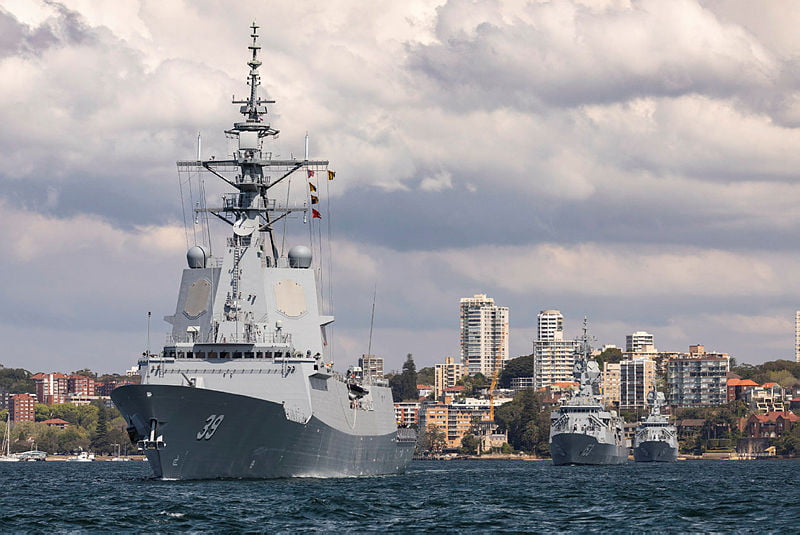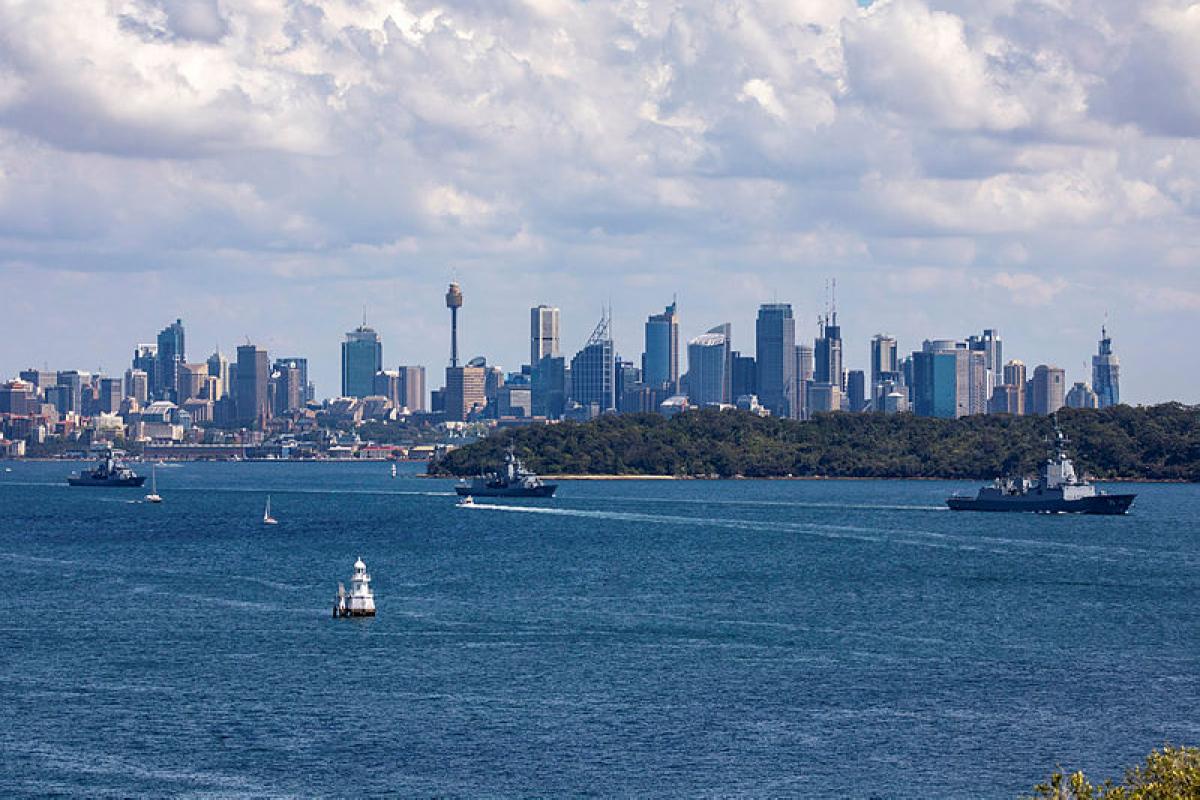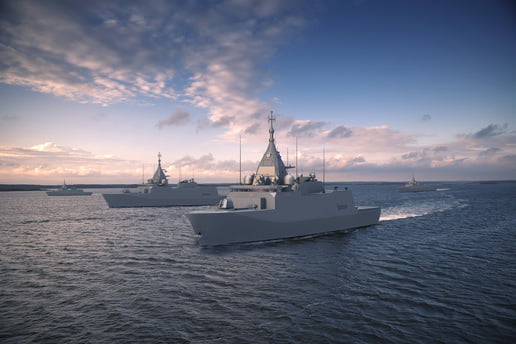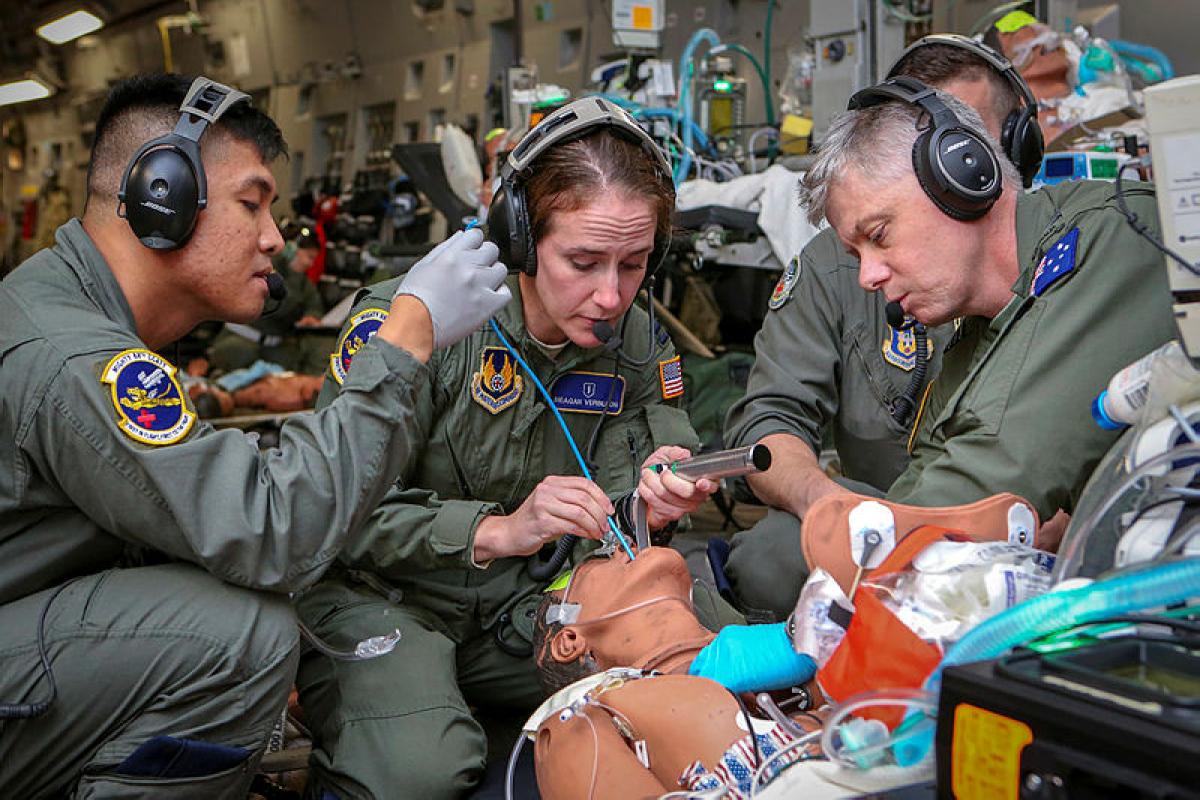By Ed Timperlake and Robbin Laird
Our team tries its best to help those who are supporting our warfighters. Indeed, the entire mission of the Second Line of Defense team has been to highlight those who provide support for those in combat and those who have returned to civilian life.
When Ed Timperlake met Susan Ullman, it was a natural fit for us to sit down with her and to share her narrative with our readers and to solicit broader support for the foundation which she helped launch.
We had a chance to talk with Susan on August 23, 2019 and she provided us both with her personal narrative but how her personal experience drove her to seek new solutions so that spouses like her who confronted the tragic loss of a warrior spouse would not end up like she and her family did in times of crisis.
From our perspective, we clearly admire those who deal with life’s adversaries but not giving up but shaping new solutions. And in that way, the creation of the Warrior2Warrior foundation has been an expression of shaping a way ahead for Susan Ullman and those who find themselves in a similar situation.
Susan Ullman: “I was married to a special operator, who was a Sergeant First Class in the Green Berets. After his retirement, he was showing signs of fraying. He was struggling but I am not suggesting that he had post-traumatic stress disorder. He was starting to have some issues that were affecting him at work, such as showing up late and drinking more and becoming more difficult at home.
“He knew that something was wrong and that he was making poor decisions. He didn’t really understand why but was adamant that we not go through traditional channels to try to get him some help. Because he was so concerned about being viewed as the weak link or feeling marginalized. Even if it’s self-imposed, he didn’t want to be viewed in that manner.
“We went outside the system, we paid in cash as opposed to using our medical insurance to see a therapist. The therapist experience was short lived unfortunately. She felt she could help him and in fact her words were, “I know I can help you, but I’m going to have to break you down a little bit and then rebuild you back up.” His response to that was, “But then I won’t be a good Green Beret.” That was the last time he visited with the therapist because he felt that getting help for himself would in some way make him less of a fighter, less of a threat on the battlefield, less of a man.”
“It was just a very unfortunate choice because things truly went downhill from that point and within a year, he had taken his life. It was just a shocking trajectory down, then it happened, once it started, it happened very quickly and I didn’t really know who to go to. I felt like we’d exhausted whatever resources were available to us in a safe way, meaning a way that my husband was willing to make use of them. He just, he didn’t want me talking to anyone in his chain of command, understandably, he didn’t want me talking to his teammates. We were very limited in what was available to us, so we believed.”
Susan then that following her husband’s death so reached out to the Special Operations Command to discuss her experience in part to sort out in her mind whether they were other options available which they might have taken. She called the head of the Special Operations Command, Admiral McRaven and when she reached his office spoke with the Admiral’s Executive Officer. The XO spent some time with her on the call, who then asked her what she thought might have helped her husband.
Susan Ullman: “I’m not here to malign the military, my husband loved being a special operator, and my goal in calling is to find out what I missed. Because surely if I missed some program that would have provided help for both of us, then other people are missing it as well. I’m not a rocket scientist, but I’m halfway intelligent and if it’s there, I should have seen it. What did I miss so that I can go spread the words to other spouses that I know?”
The XO, Captain Chebby, asked “What did you have in mind about a program?” And Susan responded: “I think, some very elemental things, some kind of mentorship program, from a peer. Just something outside the box.”
The XO then told her that he would call her back the next day after he would make some further calls.
Notably, he actually did what he said, namely, called Susan back the next day.
The XO told her: “I spoke with Admiral McRaven, would you like to head up a suicide prevention working group?”
She was more than a bit surprised but agreed to do so. This meant that she would have to sort through a path to do so and to sort out means and approaches to do so. It is from this beginning that the Foundation was born.
Susan Ullman: Our goal was to try to incubate deinstitutionalized approaches to the very normal stressors associated with a lifetime of service. Whether that included combat or not, just a lifetime of service.
“We were made up of surviving spouses and other special operators who had come forward and self-reported as having either post-traumatic stress disorder or perhaps a drug issue, and then they ended up being able to overcome those issues.
“We wanted them on the working group to find out, how did they go about doing that? Did they find support within command?
“I think we had a fantastic group and we really did put forward a couple of very interesting ideas that I believe, and I still believe now, six and a half years later, would have rung true with special operators for sure.
“Unfortunately, we were shot down a lot by the system.
“ Pretty much every main program that we kind of got to the developmental stage, ultimately the JAG or someone in behavioral health who was kind of monitoring our working group would say, “We can’t do that because it’s a violation of privacy,” or, “We can’t do this one that you guys suggested because JAG feels that, here’s why JAG’s against it.”
“Every idea that we came up with was basically just dismissed, summarily dismissed, which was heartbreaking. After about a year, I finally, even though I was, directed to group, I ended up stepping away and said, “I’m not interested in participating anymore because I really feel like this is not going to work.”
To this stage, Ullman was working a suicide prevention task force within the system. But then as they generated new approaches and sorted through options, the system was not exactly sympathetic to institutionalizing new approaches.
She then took the intellectual capital generated through the working group and suggested setting up a non-profit group that could pursue a new peer-to-peer approach to working dysfunctionality generated by life experiences of the combat warriors.
This was the launch point for Warrior2Warrior. The focus of the foundation is upon peer-to-peer support in setting in motion a healing process. The peer-to-peer aspect is crucial for through shared experiences, the warriors can share their experiences and to sort through a more effective way ahead for the rest of their lives.
According to the Warrior2Warrior website:
We strive to honor the sacrifices our veterans have made by easing the burdens they carry.
FOR THOSE WHOSE LIVES HAVE BECOME HOLLOW IN THE WAKE OF WAR, WE WILL REBUILD; WE WILL REINFORCE; WE WILL BRING A ROBUST, HEALTHY, AND VIBRANT FUTURE WITHIN THE REALM OF POSSIBILITY.
The path to wellness is multi-faceted. The first step towards scalable resilience efforts is consolidation of services at a physical location — a Resilience Ranch — that will serve as a bastion of healing and a beacon for teammates in dire need.
The Resilience Ranch will resemble a forward operating base: simple dirt roads, trailers, fire pits, tents. This rustic austerity will evoke the battlefields of Iraq and Afghanistan, and prime warriors to engage with the past in a safe environment.
At the Resilience Ranch, warriors will be fortified and lives restored. It will be forever a home to all teammates, and it is our hope that their feelings as they return will mirror those of alumni coming home to an alma mater.
The Resilience Ranch is the first phase of a plan for a larger, self-sustaining, veteran-centric community. Together with our fundraising partner, Vintage4Vets, we aim to create an economy around veteran support that will allow future generations of teammates to flourish.i
We asked how outsiders might help the Foundation and she noted that they were seeking to establish a permanent location so that they could hold what they refer to as the Resilience Ranch at a common location without having to pay fees on a per meeting experience basis.
By having a base location, they could hold their seminars and meetings and to shape a solid basis for shaping the way ahead as well.
One issue we discussed with her as well is the challenge for the warriors to get support for what is essential a malfunction generated by normal service, but is often looked at askance or as an aberration which leads to suspension of security clearances or as in her case, an unwillingness to get support from the TriCare system.
Susan Ullman: Some of the fear of marginalization is self-imposed, some of it is not though. It’s still human nature on a team, if you got a guy that your teammates, they know that someone’s not deployable right now because they’re working through some issues, by default they’re going to be viewed differently, they just are.
“Or, it’s, so coming forward still has implications. It’s a misnomer to say, “You’re not going to lose your clearance,” because you very well might temporarily lose your clearance if you come forward and say, “Hey, I’ve got a drug issue,” or, “I’ve been having really bad dreams and I’m afraid that I’m going to hurt somebody.” Or, when you say words like that, the system has to react as it’s set up right now, it has to react a certain way. Part of the end result of that is you very well may get sidelined.
“What the military’s been trying to say is, “But it’s not for forever, because you can go get help and then you’ll be welcomed back.” The problem is, guys don’t want to lose that period of. Maybe some of them need to frankly, I do believe some of them need to, are unwell enough that they would benefit from losing their clearance for a while and doing a deep dive into their mental health at a facility.
“There is certainly a slice of the population that needs that. A lot of guys don’t need that, they don’t need to go that far, but they’re concerned that if they come forward, of course they’re going to be put into that trajectory. They’re going to end up losing their clearance or losing the respect of their teammates. Again, that part of it is somewhat self-imposed, but some of it’s real. We are seeing more people. Trying to reach out for help, which is good, through the system. But there’s still a huge segment of that population that will never reach out for help. And that needs to change.”
Please see the following:
https://www.warrior2warrior.org/about-1






